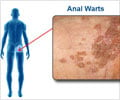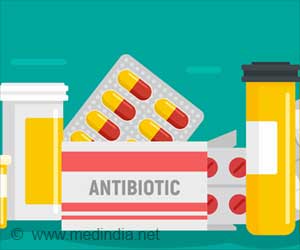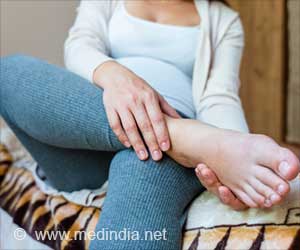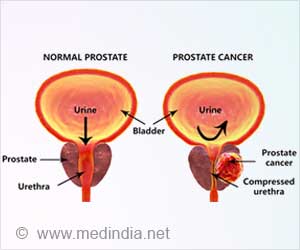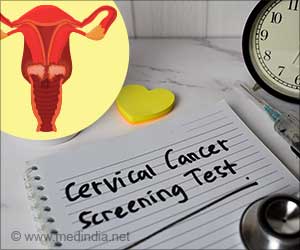- Cardiomyocytes grown in a heart-like environment mature more quickly and with improved functionality when compared to stem cell derived cardiomyocytes.
- The heart-like environment is created by a 3D substrate that recreates the environment in which heart cells grow inside the human body.
- The heart muscle cells grown in these heart molds are also less likely to be rejected by the patient’s body.
The problem with reprograming pluripotent stem cells into cardiomyocytes
Converting PSCs into cardiomyocytes occurs in a two-dimensional setting, usually in petri plates. However, in-vivo, the growth environment plays a large role in the way the cells develop. Due to lack of an appropriate growth environment, PSC derived cardiomyocytes are underdeveloped and do not gain their full potential functionality."Unfortunately stem cell therapeutics don't have high success rates partly because the cells are not mature and fully functional. The maturation and functionality are essential," says Parisa Pour Shahid Saeed Abadi, assistant professor of mechanical engineering working on creating heart cell growth environments.
Induced pluripotent stem cell-derived cardiomyocytes using substrates
To provide the right growth environment to PSCs, Abadi and team have developed three-dimensional substrates that create a heart-like environment for the cells. Cardiomyocytes grown in these 3D substrates or molds mature more quickly, have improved functionality and are less likely to be rejected by patients' bodies.The biomechanical properties of the substrates simulate the actual heart environment; one with lots of pressure and specific forces acting on the growing cells. This pressure leads to more robust cardiomyocytes. Photolithography and re-flow processing were used to pattern the substrates at the micron and submicron levels to approximately resemble the natural physical forces cells experience.
"The mechanical properties of substrates play an important role in the cell behavior because the mechanical cues that cells sense in the actual (heart) environment is unique," Abadi says. "We are using biochemical and biomechanical cues to enhance the differentiation and maturation. If we don't take advantage of the physical cues and only rely on chemical cues, the process suffers from low efficiency and batch-to-batch inconsistency."
The team hopes to improve the substrate preparation methods to stimulate electrical conductivity between cells. Since cardiomyocytes need to communicate with each other during their growth, this inclusion is thought to make the cells closer to cardiomyocytes in vivo.
- Mending broken hearts with cardiomyocyte molds - (http://www.sciencenewsline.com/news/2018031321180056.html)
Source-Medindia







